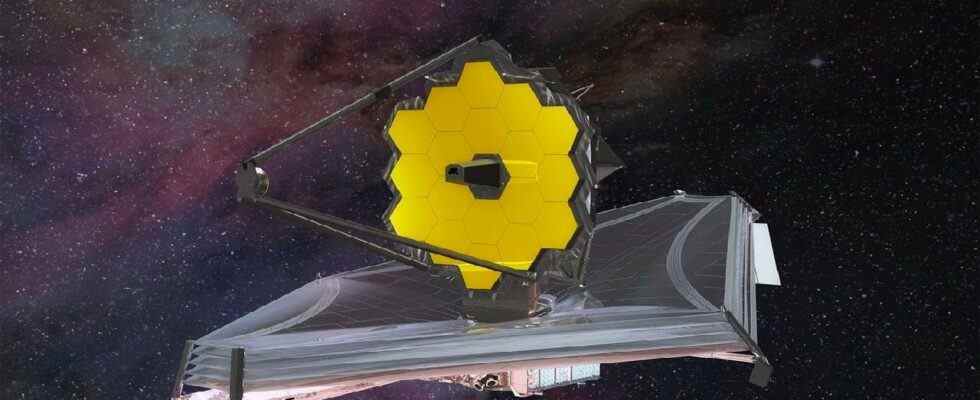The American Aeronautics and Space Administration (NASA) will launch the James Webb space telescope, which it has been working on for many years with many countries for the exploration of the universe, on December 25, 2021, for about 10 years. 1.5 million kilometers farther away Langrange-2 (L2) was thrown to the point. The telescope reached point L2 and detected its first signal as well.
First signal from the James Webb space telescope
This week, NASA released the exciting news that as the James Webb space telescope begins the quarterly alignment process, the Webb team has seen the first photons of starlight passing through the entire telescope, detected by the Near Infrared Camera (NIRCam).
A team of engineers and scientists from NASA, Ball Aerospace, the Space Telescope Science Institute, and NASA’s Goddard Space Flight Center have tried the alignment and are ready to work, he said. NASA’s broadcast reports indicate that the images taken by Webb during this period will not be as ‘beautiful’ images as the new images of the universe he will announce later this summer.
Webb’s journey to photograph unknown parts of the universe will not be much different from its predecessor, the Hubble Space Telescope. According to NASA, Hubble was designed in the late 1960s and launched in April 1990. By May, the first image shown below was known.

Over time, Hubble’s images got better, and in March 1991 the first observations of Jupiter were published, including this true color photo taken by the Wide Field/Planetary Camera.

Learning about Webb’s first photon detection feels like it was relived in 1990. The world is about to embark on a new journey of discovery together, and we will all witness Webb’s images that get better and better over time. Ten years from now, we’re looking forward to seeing the first, grainy images Webb sends back, and the surprising new features it’s sure to reveal.
